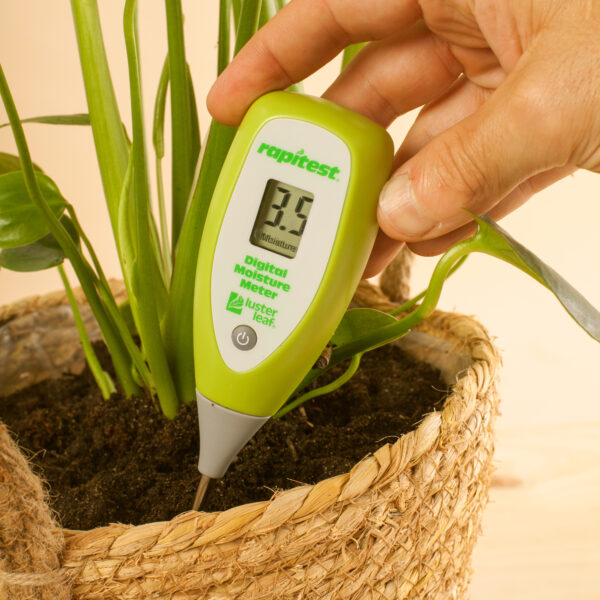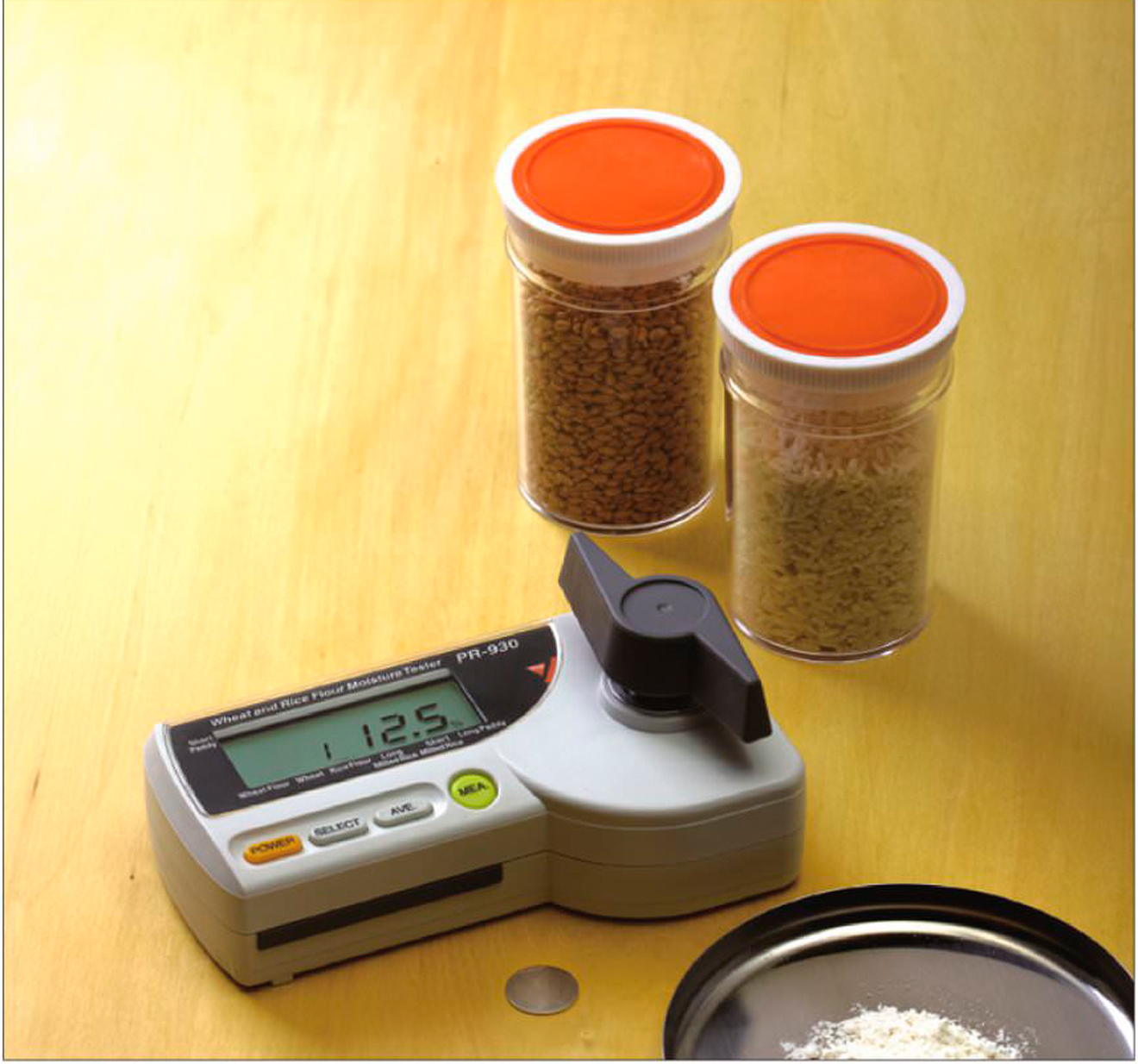Comprehending the Various Kinds Of Moisture Meters and Their Applications
Comprehending the Various Kinds Of Moisture Meters and Their Applications
Blog Article
Recognizing the Relevance of a Moisture Meter in Avoiding Mold and Water Damage in Your Home
In the realm of home maintenance, the existence of dampness can frequently be a quiet yet formidable foe, qualified of causing prevalent mold and mildew development and perilous water damage if left unattended. Recognizing the significance of a wetness meter in this battle is not simply a choice yet a critical requirement.
Importance of Moisture Detection
Effective wetness detection techniques are vital for safeguarding residential properties and protecting against possible mold growth and water damage. Dampness can seep into various building materials, bring about architectural concerns and health hazards. By making use of a moisture meter, building proprietors can proactively recognize areas prone to excess moisture, permitting timely intervention and mitigation techniques.
Moisture meters offer accurate readings of wetness levels in different products such as timber, concrete, and drywall. This information assists in determining areas of problem, also in hidden or hard-to-reach places. Early discovery of wetness build-up enables punctual repairs or adjustments to prevent more damage.

Just How Moisture Meters Work
Dampness meters play a critical function in the positive recognition of excess dampness, aiding in the prevention of potential mold growth and water damages by offering accurate readings of moisture degrees in numerous building materials. Some advanced moisture meters integrate both pin and pinless modern technologies for comprehensive moisture discovery. Understanding how moisture meters function is vital for prompt and exact dampness level evaluations, allowing efficient precautionary procedures against mold and water damage.
Detecting Early Caution Indications
Upon initial examination of a residential property, recognizing subtle signs of excess wetness becomes vital in the very early detection of potential mold development and water damages. Water stains can signal leaks or seepage, while peeling off paint or wallpaper may be a result of wetness jeopardizing the adhesion of these materials to the surface. Furthermore, a rise in allergic reaction symptoms or breathing problems amongst owners may recommend the presence of mold due to excess moisture.
Stopping Mold And Mildew Development
Recognizing very early warning indications of excess wetness within a residential property not only allows prompt detection of possible mold and mildew development and water damages however likewise acts as a proactive step in stopping the expansion of mold and mildew. To effectively prevent mold development, it is vital to attend to any type of look at these guys resources of dampness quickly. This can include fixing leaks in pipes, roofs, or home windows, making certain appropriate ventilation in wet areas like restrooms and kitchens, and making use of dehumidifiers in high-humidity spaces. On a regular basis preserving the residential or commercial property and examining's pipes, roof, and rain gutters can additionally assist in avoiding water breach that could cause mold and mildew development.
In enhancement to attending to moisture resources, maintaining indoor i thought about this moisture degrees below 60% can considerably prevent mold development. Correct ventilation, sufficient insulation, and utilizing ac system or fans can assist control interior humidity degrees. Keeping an eye on moisture levels in locations vulnerable to moisture, such as basements and crawl spaces, using a moisture meter can likewise help in early detection of elevated moisture levels and potential mold development. By taking aggressive measures to avoid excess wetness and mold growth, property owners can protect their building and interior air high quality.
Advantages of Normal Tracking
Regular surveillance of moisture degrees in a residential or commercial property can play a vital function in maintaining a healthy and balanced indoor environment and protecting against prospective mold and mildew and water damage. By routinely checking wetness degrees, property owners can detect any problems without delay and take required activities to stop mold and mildew development and water damage. Among the essential advantages of regular tracking is early discovery. By identifying and attending to high dampness levels beforehand, property owners can interfere before mold has the opportunity to develop and spread out. This positive strategy can conserve both time and money over time by preventing comprehensive mold and mildew removal and repair expenses.
Moreover, regular monitoring allows homeowners to track patterns and trends in wetness levels over time. By establishing a standard and tracking changes, individuals can identify any type of areas of problem or prospective susceptabilities in the property's structure. This data-driven technique allows targeted treatments and maintenance efforts to attend to underlying issues before they rise right into even more substantial troubles. Eventually, the constant surveillance of moisture degrees equips house owners to shield their property, safeguard their wellness, and protect the honesty of their interior environment.

Conclusion

By making use of a wetness meter, residential or commercial property owners can proactively determine locations susceptible to excess dampness, permitting for timely intervention and mitigation methods.

Keeping track of moisture degrees in locations susceptible to moisture, such discover this as basements and crawl spaces, using a moisture meter can also aid in early discovery of raised dampness degrees and prospective mold growth. (Moisture Meter)
Report this page